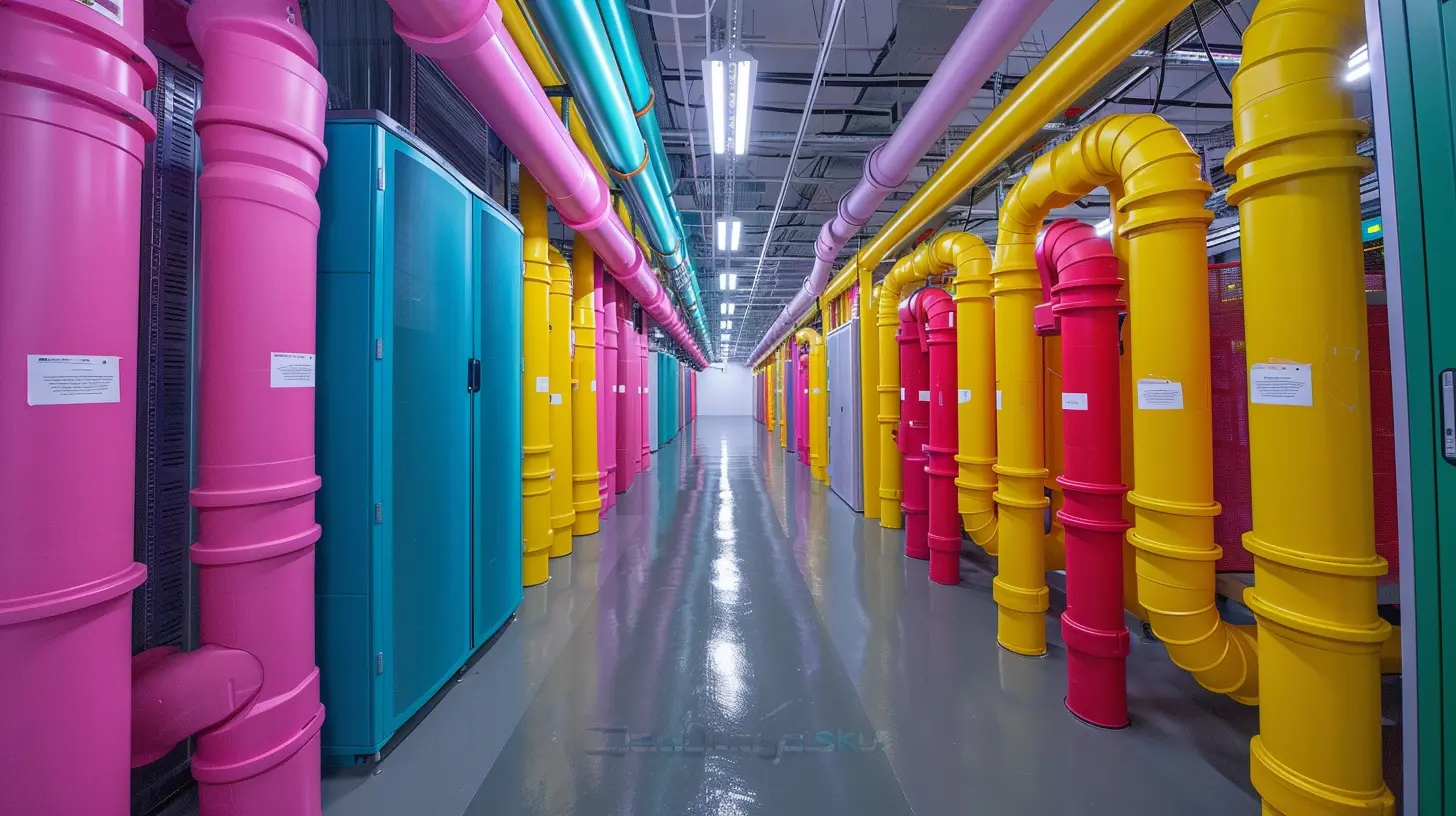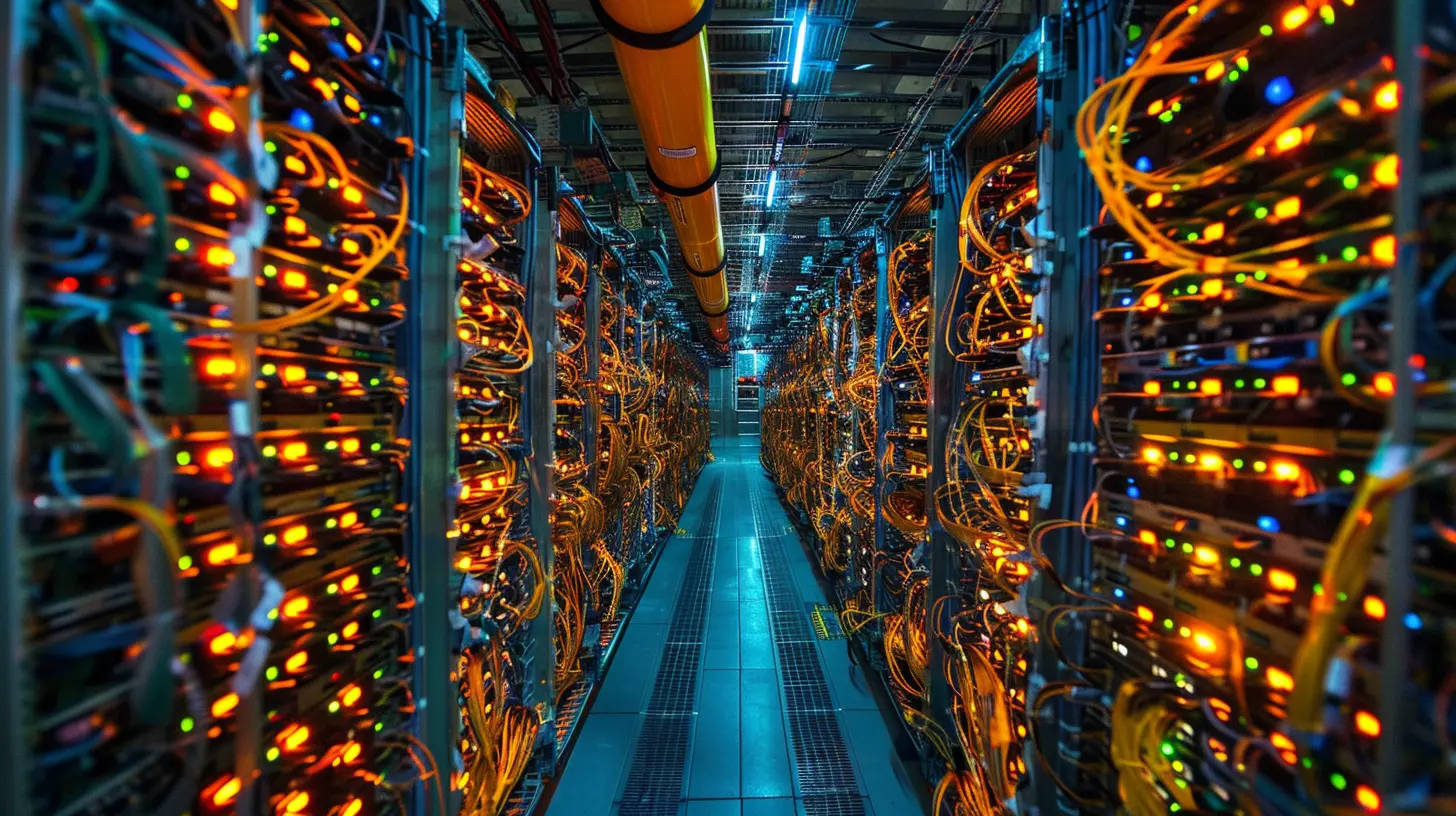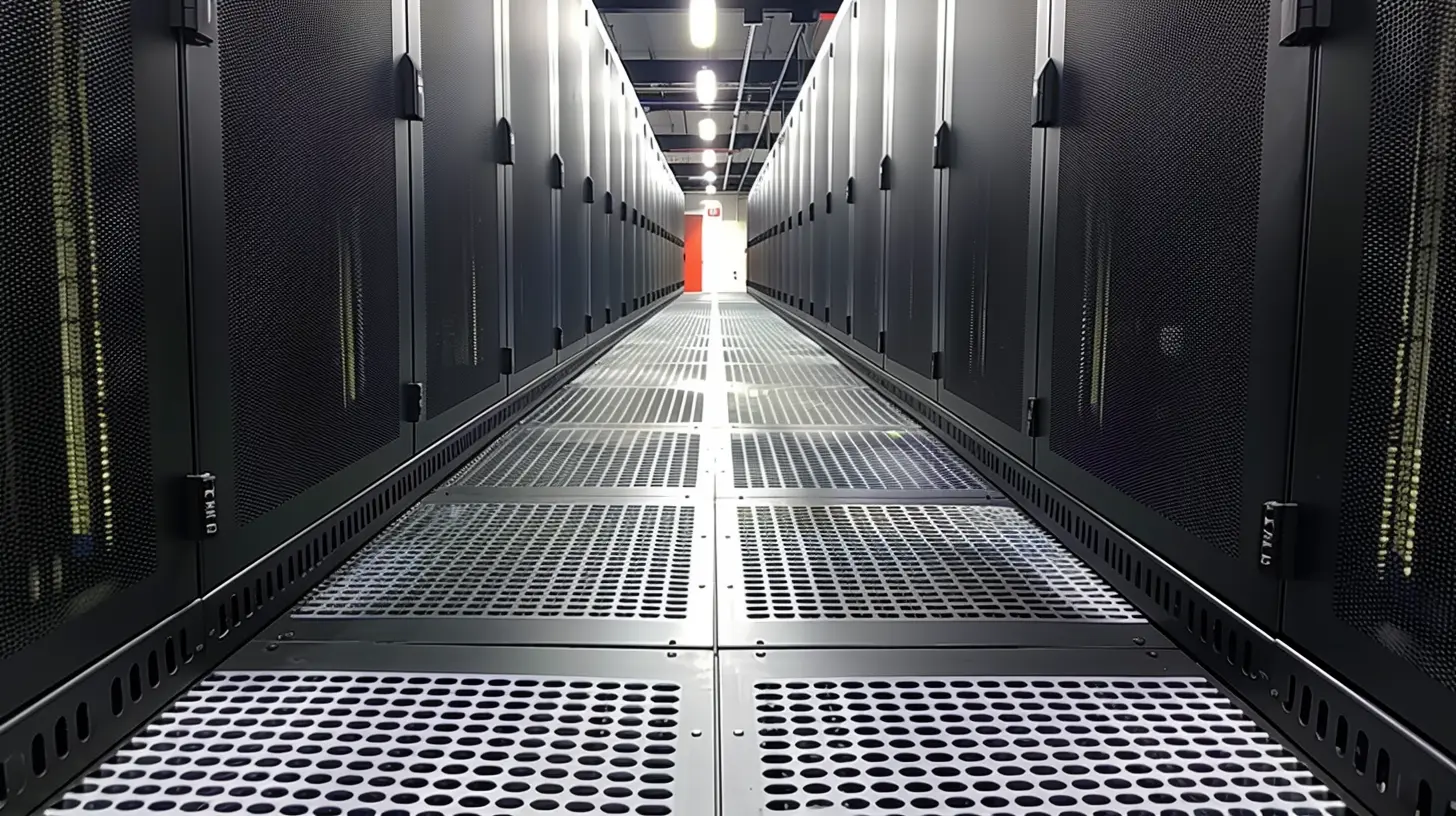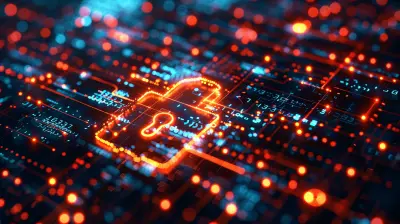Data Center Security: Best Practices for Safeguarding Your Infrastructure
21 June 2025
In today’s ultra-connected world, where data is the new gold, protecting the heart of your information systems—your data center—is not optional. It’s critical. Picture this: Your data center is your digital fortress. But what good is a fortress without guards, walls, or even a gate? That’s what poor security looks like.
If you’re handling sensitive data, supporting cloud services, or running mission-critical applications, then you need airtight, fireproof (not literally, but close enough) data center security. Let’s break it down, human-to-human, and talk about the best ways to bulletproof your data center from threats, both physical and digital.

What Is Data Center Security, Anyway?
Let’s not complicate things. Data center security means protecting the physical and digital infrastructure of your data center from unauthorized access, theft, damage, and cyber threats. It’s like having bodyguards for your servers, and cybersecurity ninjas for your network.There are two major fronts here:
- Physical Security: Keeping the building, hardware, and personnel safe.
- Cybersecurity: Protecting your data, networks, applications, and systems from virtual threats.
Both are equally important. Drop the ball on either, and you’ve got a serious problem.

Why Is Data Center Security a Big Freakin’ Deal?
Let’s keep it real. A single breach can cost you millions, destroy customer trust, and burn your reputation to the ground. Whether it’s ransomware, insider threats, or a rogue employee with a USB stick, the threats are real and growing every day.Big tech companies, hospitals, financial institutions—you name it—they all rely on rock-solid data center security. Because when your data center is compromised, everything else crumbles.

Physical Security: Straight-Up Fortress Mode
You can’t have digital security without physical security. Period.1. Location, Location, Location
Yep, where you place your data center actually matters. No flood zones, no earthquake-prone regions, no sketchy neighborhoods. You want a stable environment, both geologically and politically.2. Controlled Access Like Fort Knox
Not everyone needs to walk into your data center. Only authorized personnel, and even they should be on a need-to-access basis. Use biometric access, key cards, PINs, and security guards.Pro tip? Implement multi-factor authentication (MFA) for physical entry. Retina scan + key card = no funny business.
3. 24/7 Surveillance Is a Must
CCTV, motion sensors, and security patrols are the bare minimum. You need eyes on every corner, 24/7. And store that footage. You'll want a timeline if something shady happens.4. Secured Racks and Cages
Seriously, don’t just leave servers out in the open. Use locked racks and cages, and install tamper-evident seals for sensitive equipment. It’s like putting a safe inside a vault.5. Environmental Monitoring
Fire? Temperature spikes? Water leaks? These are the silent killers. Make sure you have sensors and alarms to detect anomalies before your hardware fries or floods.
Cybersecurity: The Digital No-Fly Zone
Physical measures aren’t enough. If your firewall is a joke, hackers will walk right in—like hot knife through butter.6. Firewalls: Your First Line of Digital Defense
Every data center worth its salt needs robust firewalls—both hardware and software-based. Think of them as bouncers who decide which traffic gets in and what gets the boot.7. Intrusion Detection and Prevention Systems (IDPS)
Firewalls aren’t perfect. IDPS is like having an internal snitch that tattles (and acts) when something fishy happens inside your network.8. Data Encryption (At Rest & In Transit)
If data is the treasure, encryption is the invisible cloak. Whether your data’s sitting on a drive or zipping through a network, it needs to be encrypted. AES-256, baby. No exceptions.9. Zero Trust Architecture
Trust no one. Not even your own network traffic. Zero Trust means always verifying every user, device, and application before granting access. It sounds paranoid, but in cybersecurity, paranoia is survival.10. Role-Based Access Control (RBAC)
Give people access based on their job. Nothing more. No one should have admin-level permissions unless they absolutely need it. And revoke access the minute they leave the company. Fast.Insider Threats: Wolves in Sheep’s Clothing
Here’s the deal: Not all threats come from outside. Employees, contractors, or even third-party vendors can go rogue, either intentionally or accidentally.Set up logging and monitoring so you can track who accesses what, and when. Use anomaly detection to flag weird behavior—like accessing servers at 3am on a Sunday (uh, red flag much?).
Backup & Disaster Recovery: Your Safety Net
You can do everything right and still get hit by an earthquake, a fire, or a cyberattack. That’s why having a solid backup and disaster recovery (DR) plan is non-negotiable.11. Redundancy Is Not Optional
Multiple copies of your data. In different locations. Preferably stored in secure, encrypted environments. Think of it as digital life insurance.12. Regular DR Drills
Ever tried restoring your systems from backups? Do you know how long it will take to be back online? If you don’t test it, don’t trust it. Run recovery drills regularly.Regular Audits and Compliance
If you’re in finance, healthcare, or government sectors, compliance isn't optional—it’s the law. Think HIPAA, PCI-DSS, SOC 2, GDPR. You need to meet those standards or face serious penalties.Even if you're not strictly regulated, regular audits are crucial. Hire an external firm to poke holes in your defenses—before the bad guys do.
Staff Training: Your Human Firewall
Your tech is only as secure as the humans using it. Phishing emails, weak passwords, leaving laptops unlocked—these are all human fails.Host regular training. Keep employees updated on the latest threats. Reward best practices. Make data security part of your company culture.
The Role of AI and Machine Learning in Modern Data Center Security
Automation is the future, and guess what? It’s already here.AI can analyze mountains of data to detect patterns and flag suspicious activity. Machine learning helps these systems improve over time, becoming smarter and faster at spotting and blocking threats.
Should you go full Skynet? No. But leveraging AI tools for monitoring, threat detection, and even patch management is a smart move.
Cloud Data Centers: A Whole New Beast
If you're using cloud services (which, let's face it, you probably are), you’re dealing with a shared responsibility model. That means parts of the security are on you, and others are covered by the cloud provider.Tips for cloud data center security:
- Choose a reputable provider with strong certifications (ISO 27001, SOC 2, etc.)
- Encrypt everything.
- Use strong Identity and Access Management (IAM) policies.
- Monitor your cloud environment like a hawk.
Don’t Forget: Third-Party Vendor Risks
Don’t let a weak link break your chain. If you’re working with third-party vendors—say for power, HVAC, software, or internet—ensure they meet your security standards too. One mishandled connection can be the key that opens your entire network to an attacker.
Final Thoughts: Make Security a Living, Breathing Culture
You can build the most high-tech, locked-down facility in the world—but if your people, processes, or mindset are weak, it’s all for nothing. Data center security is not a “set it and forget it” kind of deal. It’s a constantly evolving, ever-adapting monster that you need to feed, monitor, and manage 24/7.Security isn’t about fear—it’s about readiness. It’s about expecting the unexpected and staying five steps ahead of the game. So whether you’re a small business or a global enterprise, treat your data center for what it is: the heartbeat of your digital empire.
Keep it locked down. Keep it clean. And never, ever, let your guard down.
all images in this post were generated using AI tools
Category:
Data CentersAuthor:

Gabriel Sullivan
Discussion
rate this article
2 comments
Amber McIntosh
Great insights on data center security! Remember, even the best tech needs a solid fortress. With these best practices, you’re well on your way to building an impenetrable infrastructure. Keep it safe!
November 8, 2025 at 1:33 PM

Gabriel Sullivan
Thank you for your kind words! I completely agree—strong practices are key to a secure data center. Appreciate your support!
Marley Butler
Great insights! Always learning more about data center security.
June 21, 2025 at 4:09 AM

Gabriel Sullivan
Thank you! I'm glad you found the insights helpful. Continuous learning is key in data center security!


